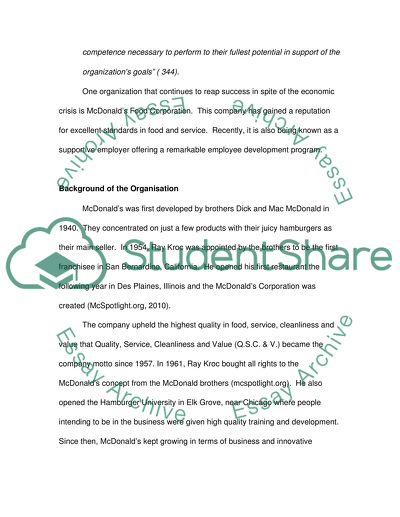Cite this document
(“Employees' Development plan supporting individual and organizational Research Paper”, n.d.)
Retrieved from https://studentshare.org/family-consumer-science/1408594-employeesyie-development-plan-supporting
Retrieved from https://studentshare.org/family-consumer-science/1408594-employeesyie-development-plan-supporting
(Employees' Development Plan Supporting Individual and Organizational Research Paper)
https://studentshare.org/family-consumer-science/1408594-employeesyie-development-plan-supporting.
https://studentshare.org/family-consumer-science/1408594-employeesyie-development-plan-supporting.
“Employees' Development Plan Supporting Individual and Organizational Research Paper”, n.d. https://studentshare.org/family-consumer-science/1408594-employeesyie-development-plan-supporting.


